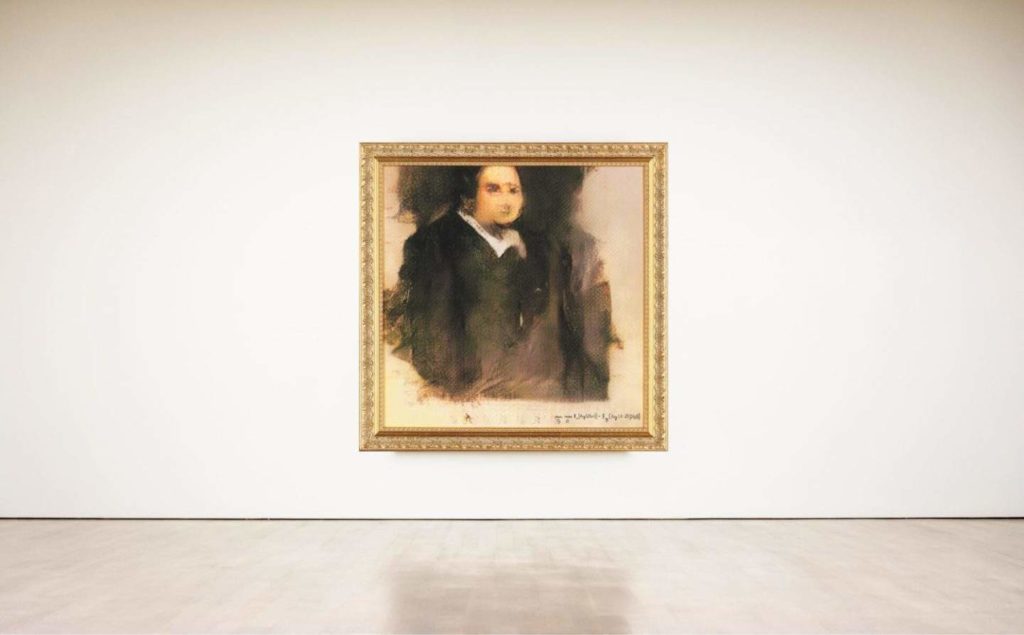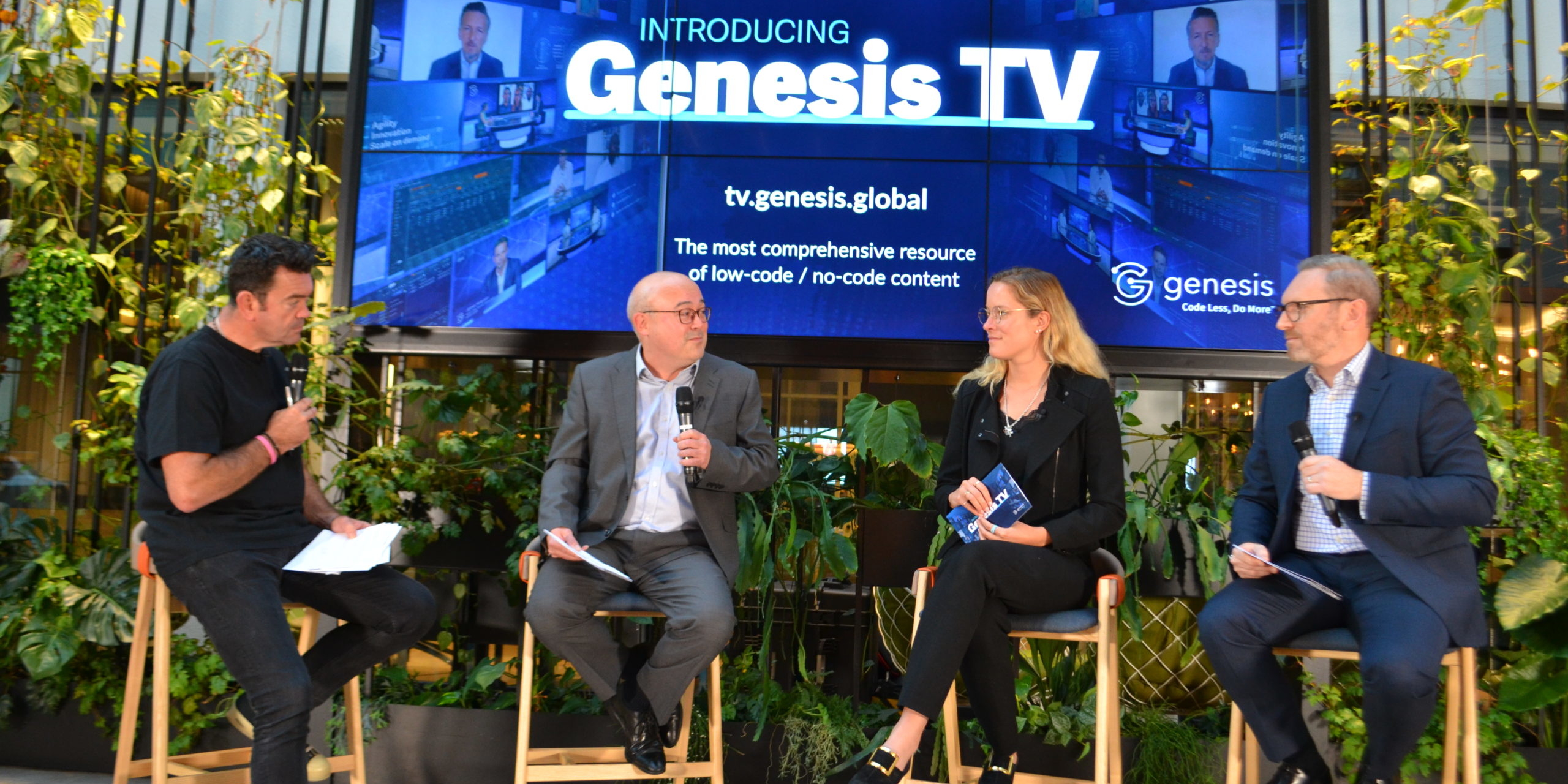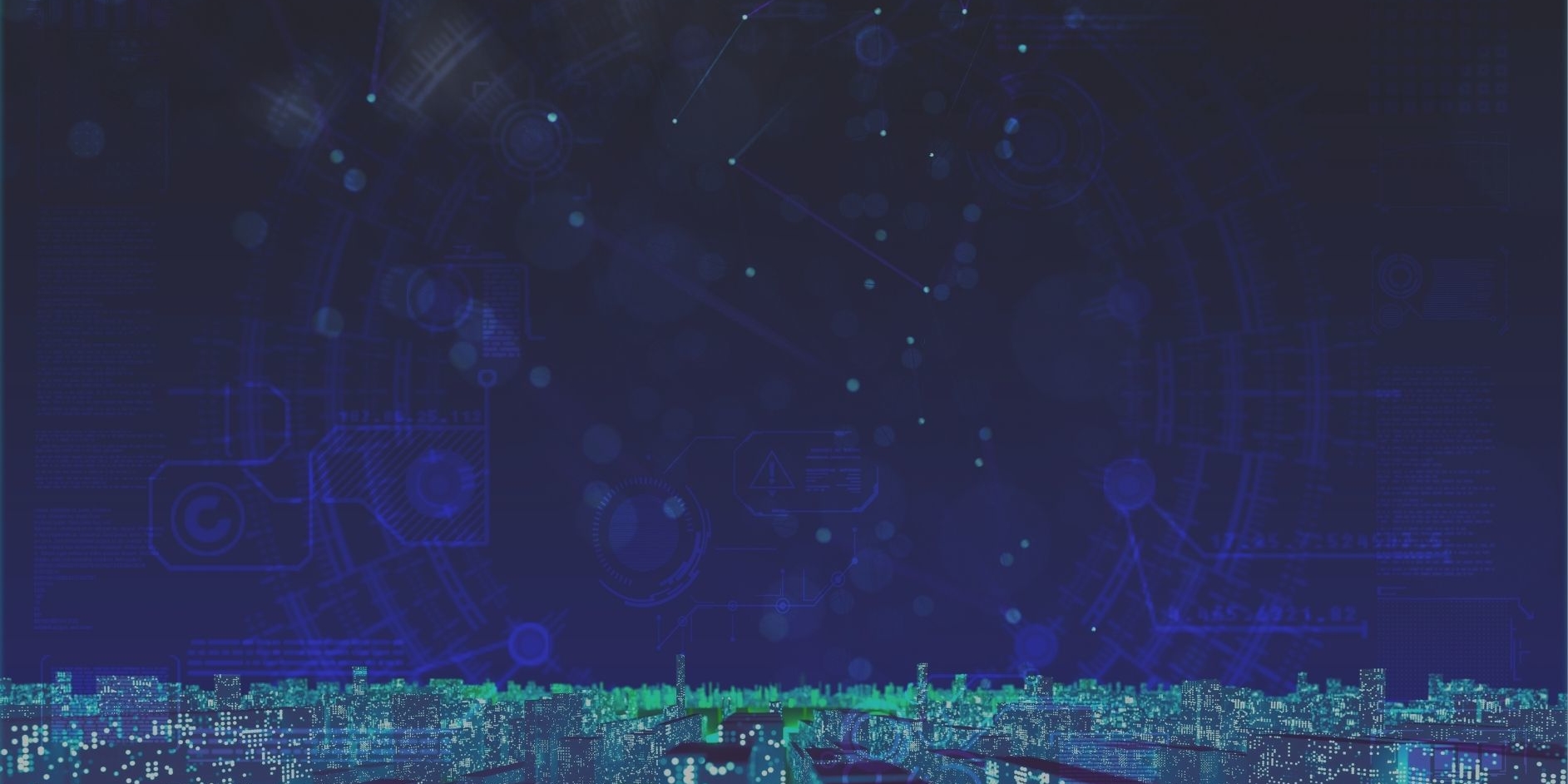As we approach the start of a new decade, it’s becoming clear that Artificial intelligence (AI) is spreading throughout industries, becoming ubiquitous in our everyday lives. Evolving from new feeds to productivity tools, the boundary between what is human-made and machine-made is becoming almost invisible, resulting in vast shifts in how we perceive and interact with the world.
AI has intrigued many with how it can think, move and hear but more recently with what it can create. Creativity was once considered a purely ‘human’ trait, but now it is under debate. Can AI develop a creative process? Or is a higher cognitive process constrained by the very definition that humans have given it?
“AI is creeping into just about every area of human creative practice”
Dr. Rebecca Fiebrink, Creative Computing Institute University of the Arts London
Huge developments have been made using AI in the creative process. In 2016, the IBM Watson Computing System was used to create the first ever AI-generated movie trailer for 20th Century Fox’s horror flick, Morgan. Pioneered by IBM Fellow and Manager of Multimedia & Vision, John Smith, Watson was tasked with trawling through hundreds of horror film trailers to analyse the sound, visuals and composition. Once fully familiarised, Watson then selected scenes from Morgan for editors to piece together into a trailer. This process reduced a task that would have otherwise taken a week, into a single days work.
Similarly, a recent piece of artwork created using AI sold for $432,500 at Christie’s last year, ensuring that creative AI is now well and truly entering the mainstream. The portrait, of an 18th-century man, Edmond Belamy, sold for nearly 45 times it’s estimate and meant that Christies became the first auction house to offer up a work of art created solely by algorithm. The painting is one of a group of portraits of the fictional Belamy family created by Obvious, a Paris-based collective consisting of Hugo Caselles-Dupré, Pierre Fautrel and Gauthier Vernier. Together, they are engaged in exploring and stretching the boundary between art and AI, and their method goes by the acronym GAN, meaning ‘generative adversarial network’.

Source: Obvious
‘We found that portraits provided the best way to illustrate our point, which is that algorithms are able to emulate creativity’
Hugo Caselles-Dupré, Obvious
As AI provides an additional and vastly diverse ‘creative arm’ in a number of industries, it is challenging the possibilities of creation and giving us a higher understanding of creativity. The role of designers in the near future is likely to change dramatically due to the introduction of AI in the creative field. AI can already perform the role of introductory level designers, by taking a concept and creating many iterations using a handful of fixed parameters. This will mean that the types of skills that designers bring to the table will need to evolve. Brian Collins, CCO of COLLINS, said “We have to do two things in this new future; we have to dream up a future that is bold, ridiculous and unexpected. And we have to bring our human touch to everything we create.” Currently, the AI that are being programmed are only good at recognising patterns and completing tasks that humans tell them to do. Historian Yuval Noah Harari once wrote, “humans are essentially a collection of biological algorithms shaped by millions of years of evolution,” which, when thought of like this, brings us closer to AI than we might have thought.
“This technology [AI] has the potential to make us more productive, but it will also raise expectations that force us to be more original”
Gavin Miller, Vice President Adobe Research
But as creative human beings, we have the ability to do things that robots cannot. We can connect the dots between drastically different things. We can express love, compassion and emotions, and we can imagine and create things that don’t even exist yet. For that reason, we have to constantly push ourselves and our creative limits to break away from the conventions and stretch our creativity.
Why not chat to our Head of Design Jess Black about the relationship between design and emerging technology.


